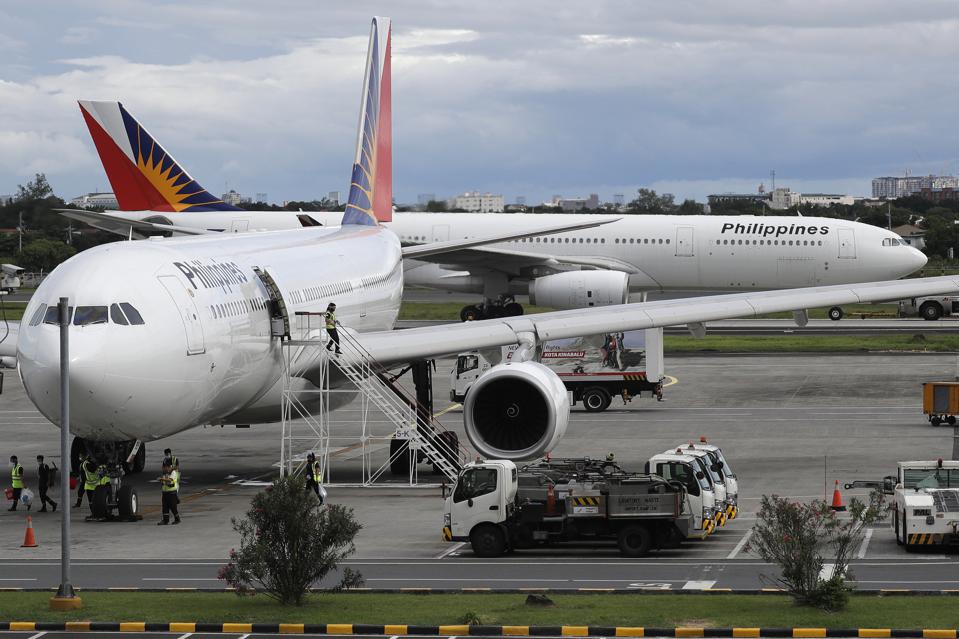The Civil Aeronautics Board (CAB) have yet to increase the airline fare despite the surge in fuel prices.
Eldric Peredo, CAB operations head, said that airlines have hit the mid-range, level 4, of the fuel surcharge matrix.
CAB has been implementing a fuel surcharge matrix which allows airlines to impose fuel surcharge on top of the base fare, depending on the movement of oil prices in the world market.

The fuel surcharge for both domestic and international flights is at mid-range, level 4 from March 1 to April 30, as the average jet fuel price from December 2021 to January 2022 stood at $95.34 per barrel, with the US dollar exchange rate at P50.75 for the same period.
This is equivalent to P30.43 per liter, corresponding to level 4 of the passenger fuel surcharge matrix.
The fuel surcharge matrix ranges from level 1 up to level 7, which allows airlines to impose P45 up to P769 per one way per passenger for domestic and P163 up to P9,860 per passenger per way for international flights.
At level 4, airlines are allowed to impose P108 to P411 and P543 up to P5,189 per passenger per way for domestic and international flights, respectively.
But Peredo did not mention if airlines have applied for the fuel surcharge.

The fuel surcharge is an optional fee imposed and collected by airlines to recover fuel costs and stem losses caused by an upward spike in fuel prices. It is also not a part of the basic airfare and may be reduced or removed depending on the price of jet fuel in the market, in accordance with prevailing international practice.
Peredo said during CAB’s discussion last March 28, the agency noted the need for additional data and in-depth study if it will allow airlines to impose a higher fuel surcharge.
The CAB began implementing the fuel surcharge matrix in 2018 but this was suspended in 2020 and re-imposed in July 2021 initially at level 1 for July and August 2021.
With the easing of travel restrictions, CAB expects air passenger volume to further increase this year.
Peredo said CAB is expecting 30,000 passengers weekly and 1.5 million passengers this year, still below the terminal’s annual capacity of 3 million passengers.
Sources: malaya.com.ph
Image Sources: forbes.com, kift.com, commons.wikimedia.org







